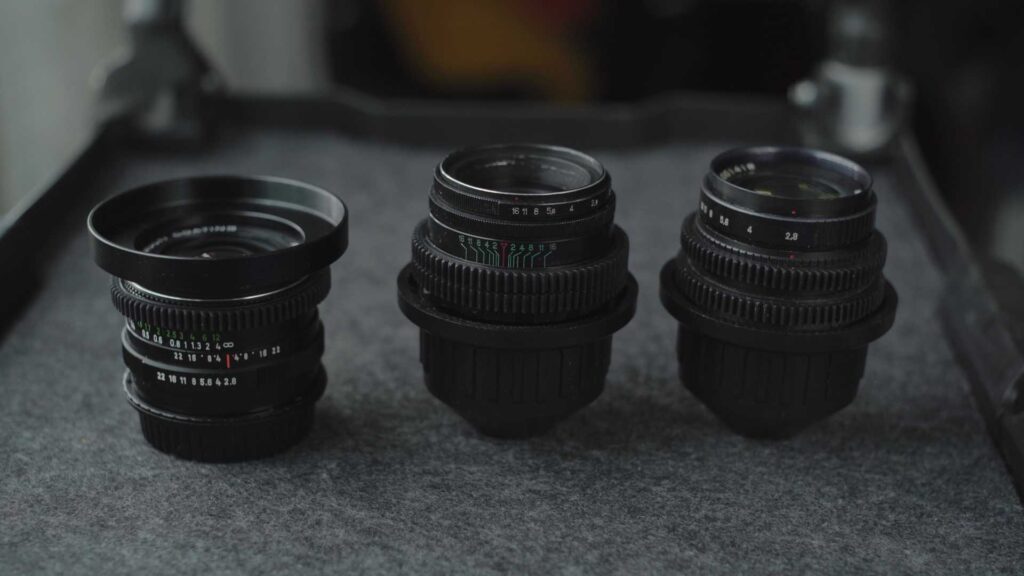
So you bought the Helios 44-2 and added a Mir-1b, but now you are looking for something even wider. The next soviet lens in line should be the Mir-10A 28mm f3.5 , but the price of the Mir-10a is so stupid expensive now and why would you want to pay so much for a f3.5 lens?
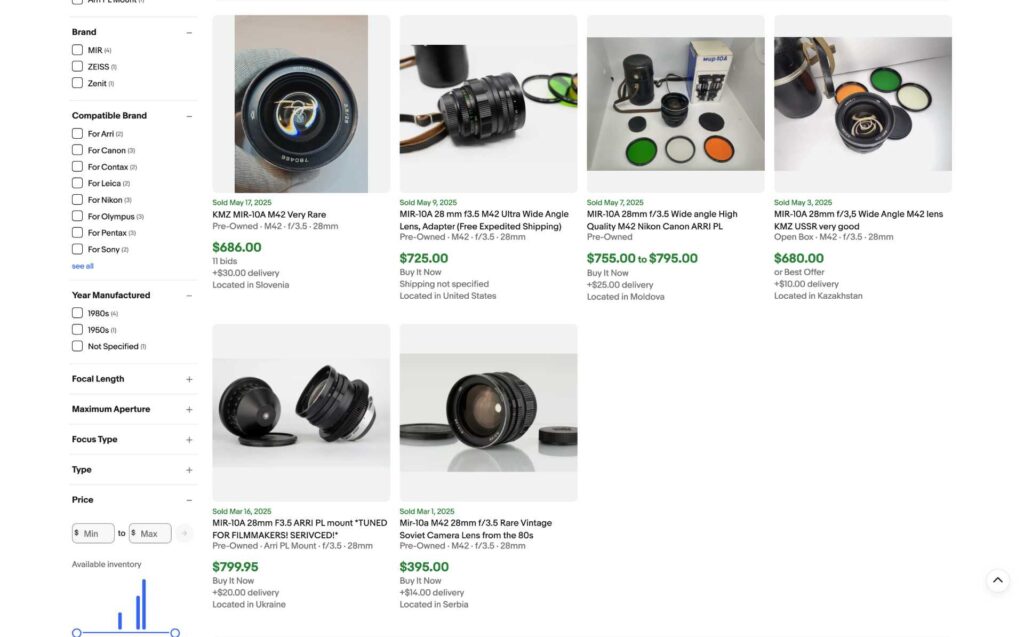
There gotta be a better option of a cheap lens that is often overlooked by many, which has an uncommon focal length, a brand many have forgotten and the lenses being so cheap that people think it’s not worth spending money on it.
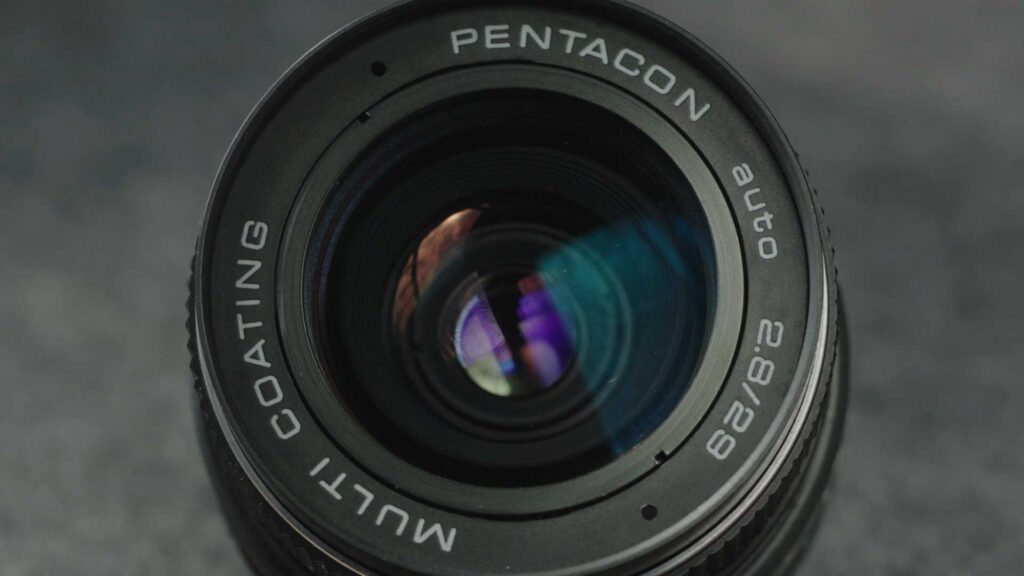
Well found it and the lens that fits all this is the Pentacon 29mm f2.8, which can be found selling for less than 20 bucks and many has forgotten the brand Pentacon, but can this cheap vintage lens be a great wide option for the Helios, that is what I am going to find out.
History

But first a not so brief history. In the 1950’s a Soviet company GOI made the MIR-4 29mm f3.5 prototype lens. It proved the concept by adding a single diverging lens to widen a basic lens, but cost too much to mass produce.

While in Görlitz Germany, Hubert Ulrich designed a more cost effective 5 element lens with the Meyer Lydith 30mm f3.5. A decade later in 1964 Hubert Ulbrich improved the design and it shows how much effort it takes to gain that 1mm, as it takes the design from 5 elements to 7 and in 1966 the Meyer Orestegon 29mm f2.8 was released.
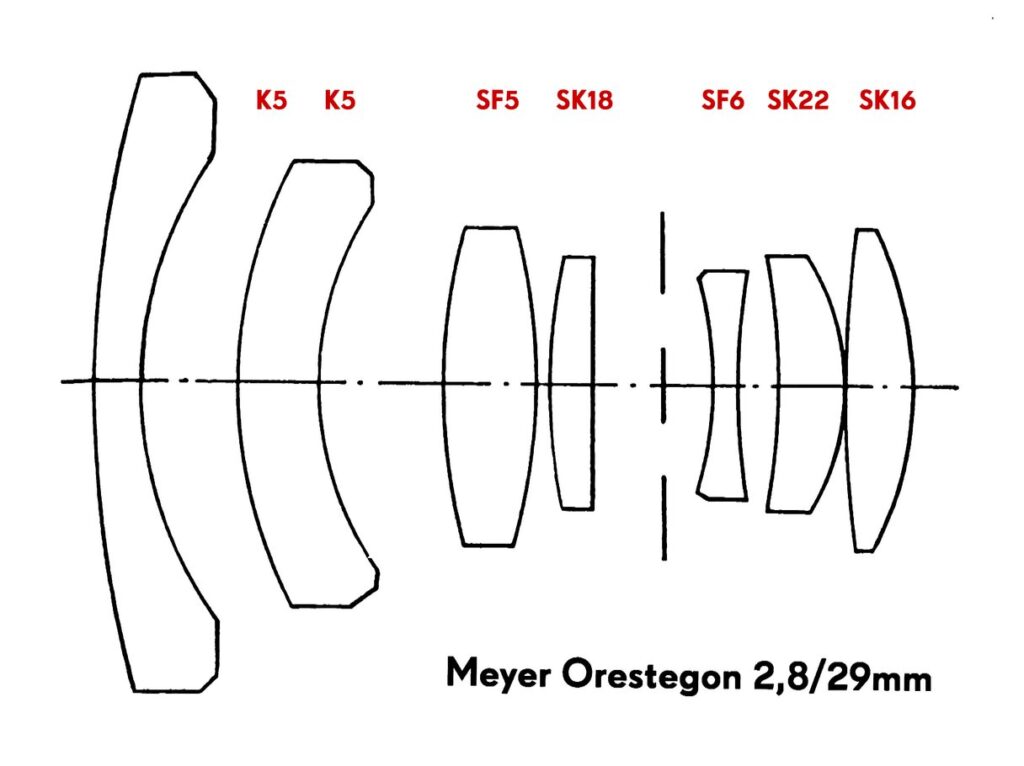
Two years later in 1968 Meyer Optik Görlitz was integrated into VEB Pentacon. And in 1970 they briefly renamed the lens to Pentaconar before settling for the shorter Pentacon 29mm f2.8. Later in the mid 70s they improved the lens by adding multi coating to improve the light transmission and lessening the internal reflections.
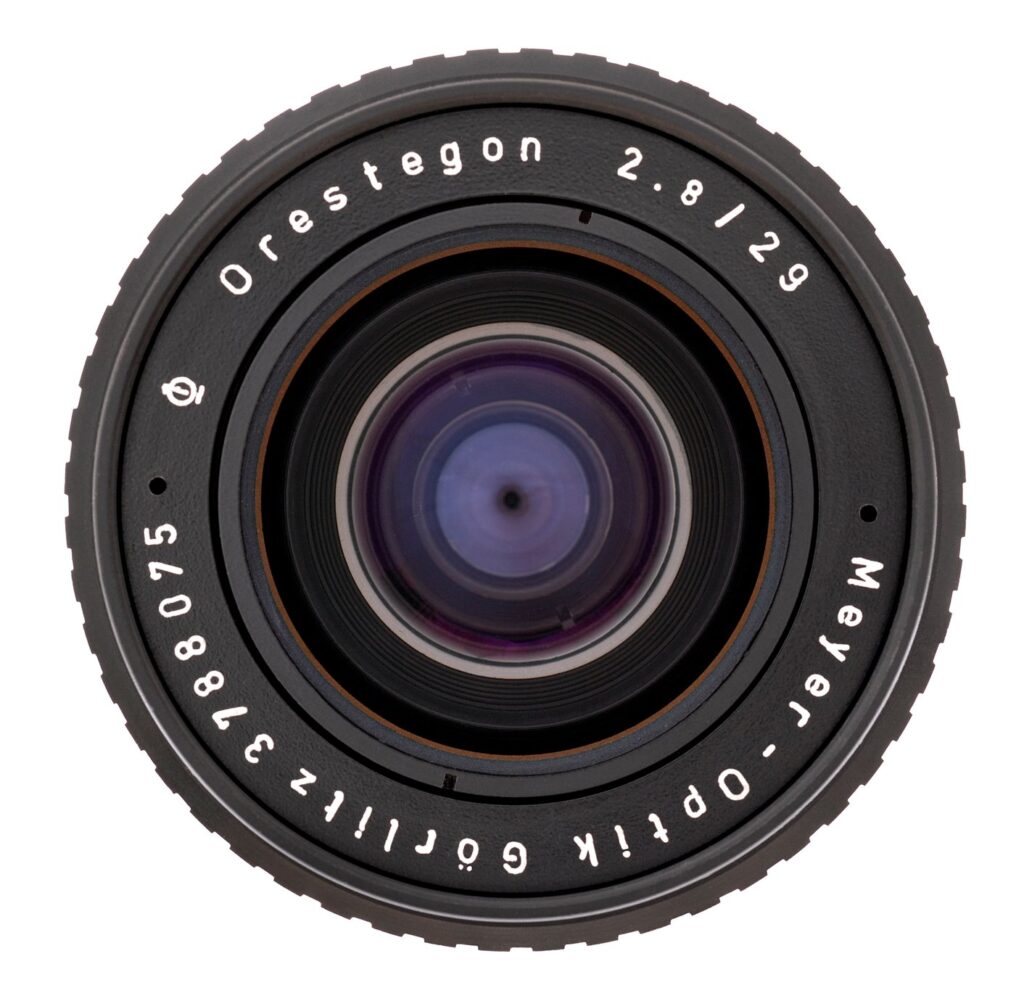

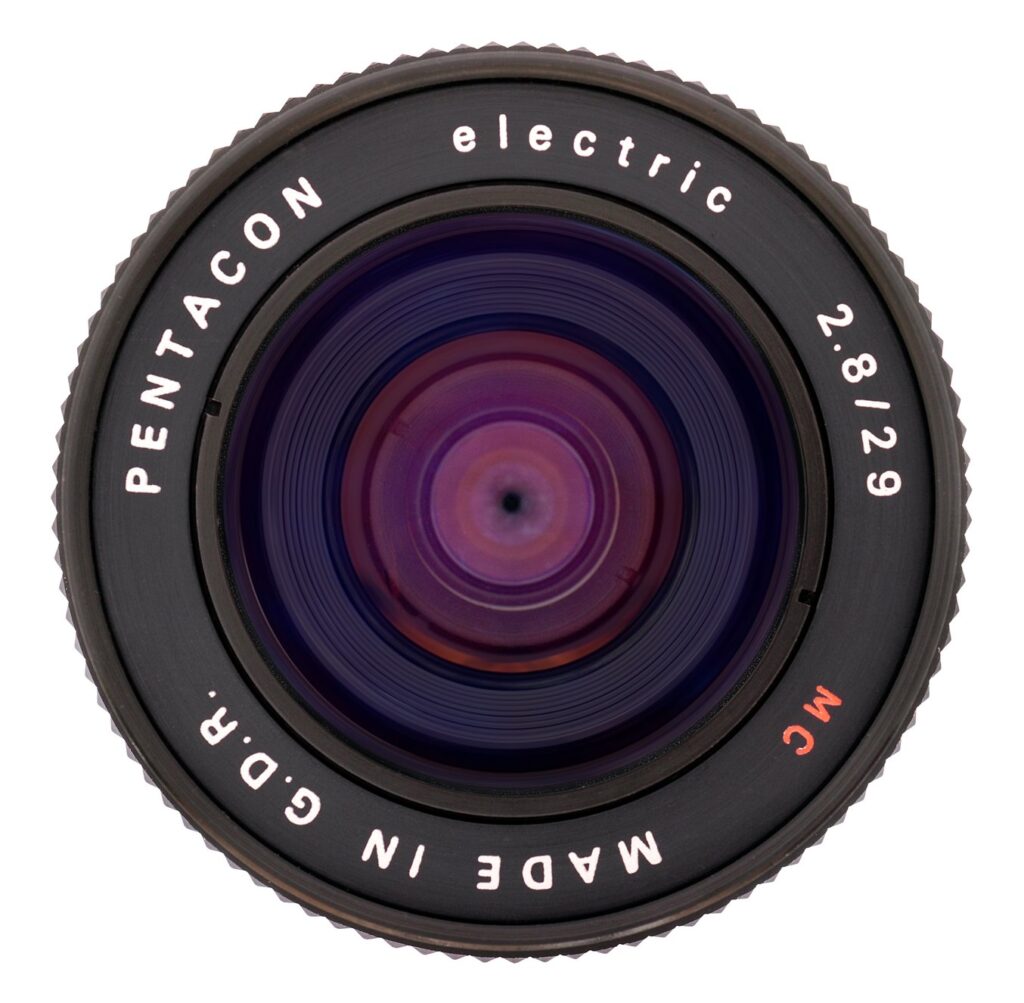
At the same time also change the look of the lens following Japanese lens trends. The lens was supposed to have halted production in 1989 as it was replaced by its successor, an outsource factory in Romania kept producing the lens and still could purchase the lens new till 1994 and outlived it successor.

The Orestegon/Pentacon 29mm f2.8 could possibly be one of the most produced add-on lenses in history. That is why you can find a lot of them on the used market with various prices and if you are lucky you can still pick one up for less than 20 bucks, which is crazy cheap for what this lens can do.
I bought one of the later Pentacon Auto Multi Coating version with an M42 mount and it has a noticeable blue coating, which also causes a blue lens flare.
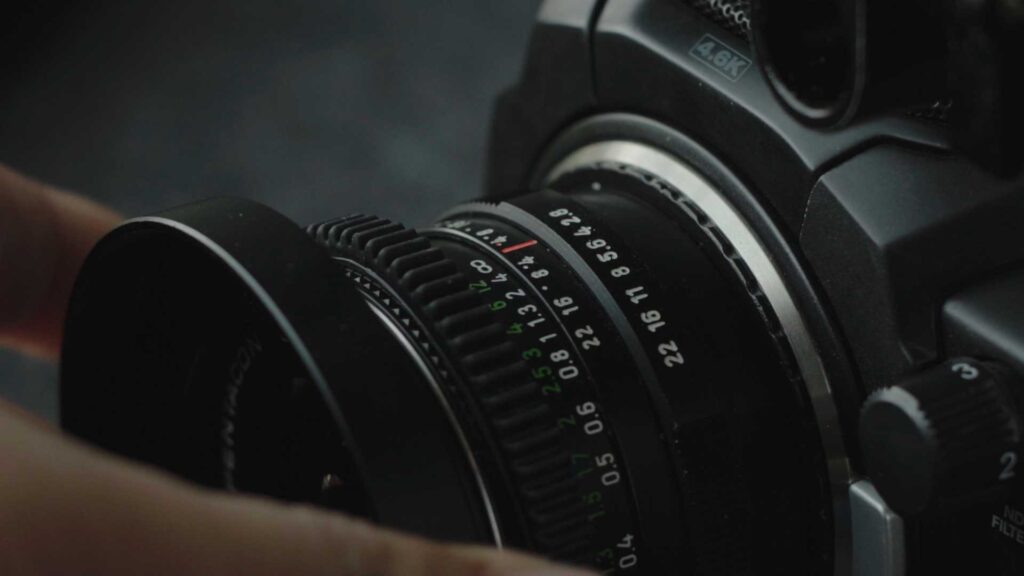
But first before I can test my Pentacon 29mm f2.8 I have to get it mounted on my camera and a quick cinemod so it’s easier to film with. I used the Fusnid M42 to EF adapter, which has a perfect snug fit and enables the lens to be in the correct orientation when it’s mounted on my camera.
The Pentacon version I’ve got has a 55mm filter thread which I added to an 80mm O.D. ring on and the focus ring has a diameter of 60mm and I’ve got the Tilta 59 to 61mm seamless focus gear ring to finish this mod.
29mm
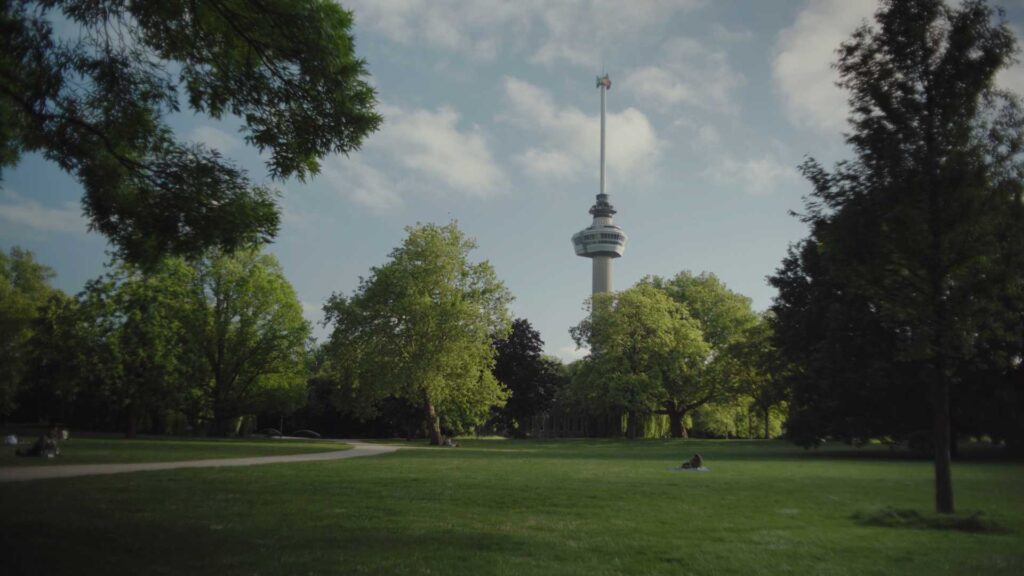
This lens being 29mm it’s a no brainer this would be used for a wide shot showing the whole scene or for the establishing shots. Something to look out for is that the sides can be quite fuzzy wide open while the center of the shot is sharp, which is similar to the Helios 44-2, it draws the attention better to what is in the center of your framing. But if you use this lens on APSC you would crop out most of the soft corners.
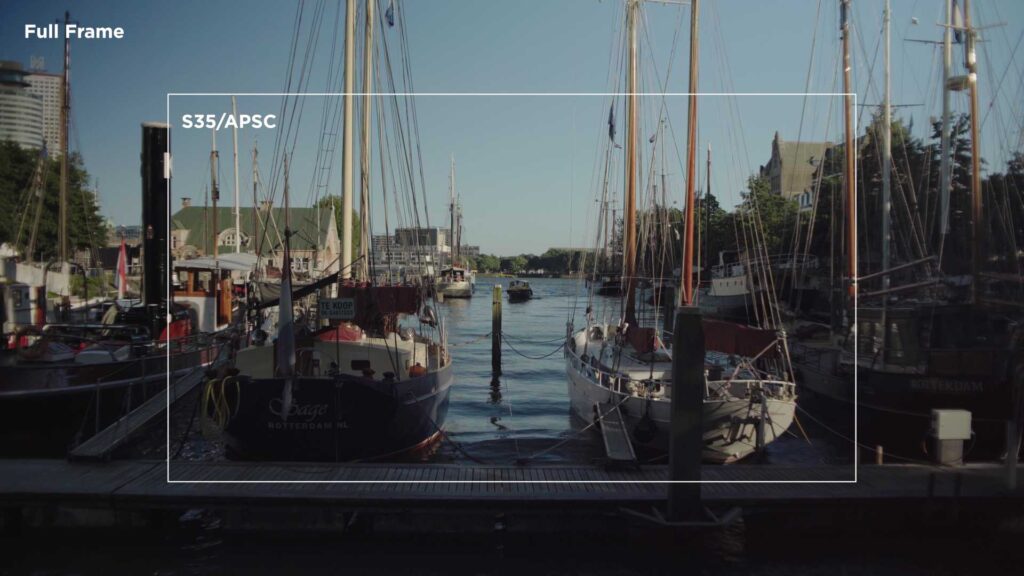
To my surprise the Pentacon is also great for capturing medium shots as it still does a great job of separating the subject from the background. And ofcourse getting a medium close shot you can see how the bokeh are getting visible but also the swirl. The swirl on the Pentacon actually looks way more closer to the Helios 44-2 than the Mir-1b. Especially in close ups the swirly background becomes very pronounced and because of the wide angle it becomes a crazy shot.

However the Pentacon can even do extreme close up due to the minimum focus of 25 cm, you can really get in the face of your subjects, it might look a bit unnatural due to how wide this lens is, but it does give a certain feel to the shot especially when you want it to feel unnatural.
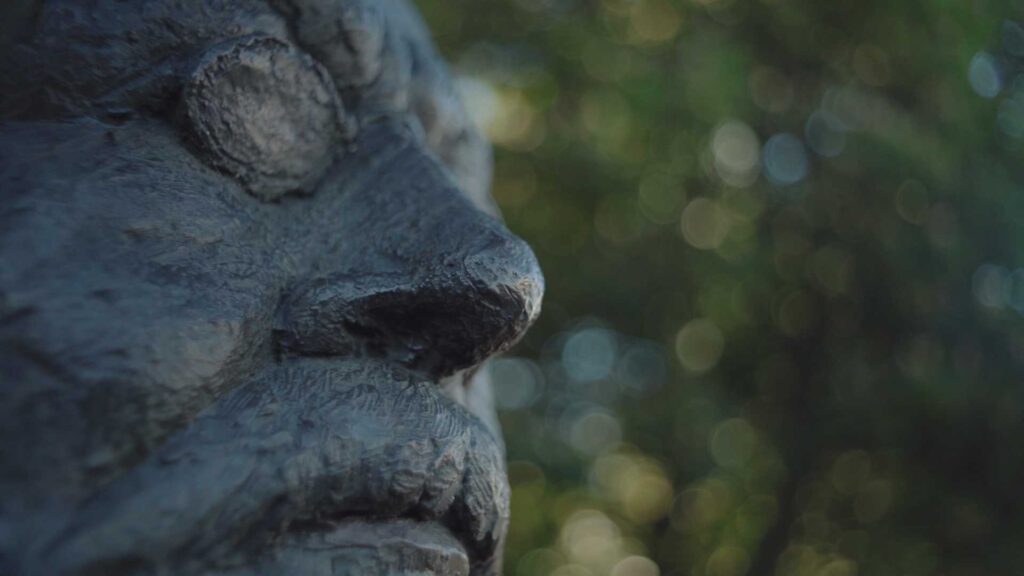
But it’s really great capturing small things up and close, especially capturing plants and flowers with such a wide view that give you a very different view of the world.
Bokeh

While the bokeh of the Pentacon are soft and also a little bit bubbly, but isn’t causing a distracting background and more often results in a nice filmic background. Especially when we letterbox the shot to scope, we get a very filmic result. Also because there is a bit of oval bokeh visible and the background has some stretched texture which also gives off an anamorphic vibe.
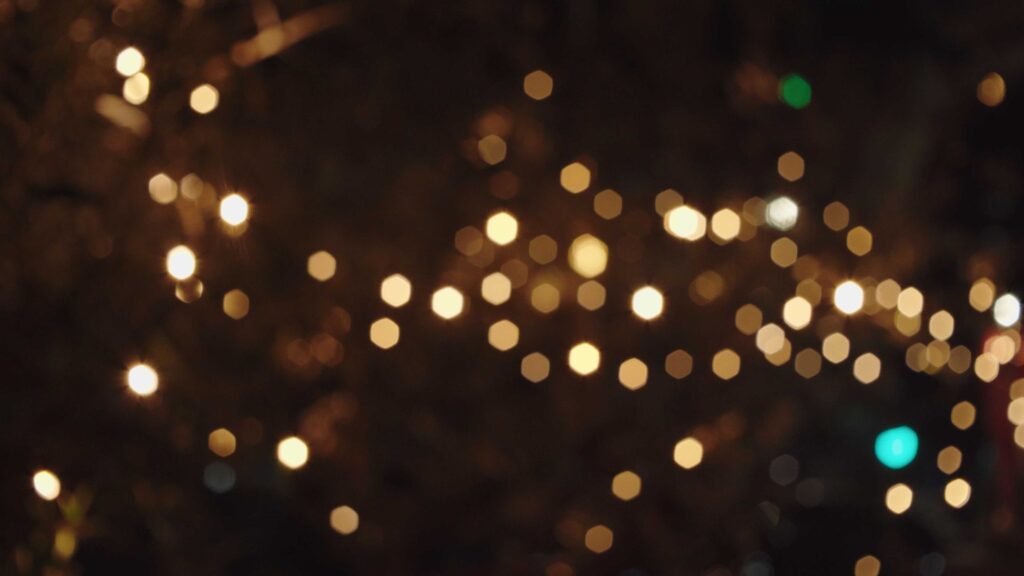
The Pentacon has a 6 blade aperture and the bokeh does become hexagon shaped. But it’s slightly rounded soft hexagon shapes which aren’t all too obvious and not very distracting to see.
The focus throw of the Pentacon is 100 degrees but this is a wide angle lens, which often has a short throw to infinity. There is focus breathing, but reality most cinema lenses also have focus breathing, personally don’t find this a big problem.
Lens flare

The lens does bloom and flares, there is a specific angle where it hazes up the entire images, but it’s easy to use a flag to keep it away. I purposely chose the blue coating knowing it would cause blue flares, which would also look similar to the blue flares from Cooke lenses. At night only from specific angles you get some flares from headlights of cars, but more often not have to worry much about them.
Distortion

Final test there is some barrel distortion if you film a brick wall, but most of the time you would not notice and such a barrel distortion often adds to give the image an anamorphic vibe.
Personally I like the image and using the Pentacon more than the Mir-1b. The pentacon just feels easier to work with and especially the close focus of 25cm. And I don’t mind the flares of the Pentacon that much and often have a more filmic result.
You might think how does Pentacon fit in the range while the Helios and Mir are Soviet copies of Zeiss designs?
Well Pentacon in 1985 was integrated with VEB Carl Zeiss Jena and for a brief moment the Pentacon 29mm f2.8 was renamed to Carl Zeiss Jena 29mm f2.8, making the lens being in the actual Carl Zeiss Jena line, even though for just a short production run, before it got replaced by it’s successor the Carl Zeiss Jena / Pentacon Prakticar 28mm f2.8 in 1987. So it started as a Meyer Optik Görlitz lens, became Pentacon and ended as a Carl Zeiss Jena, with such a history this lens would fit perfectly between the Carl Zeiss Jena lenses and the copies.


